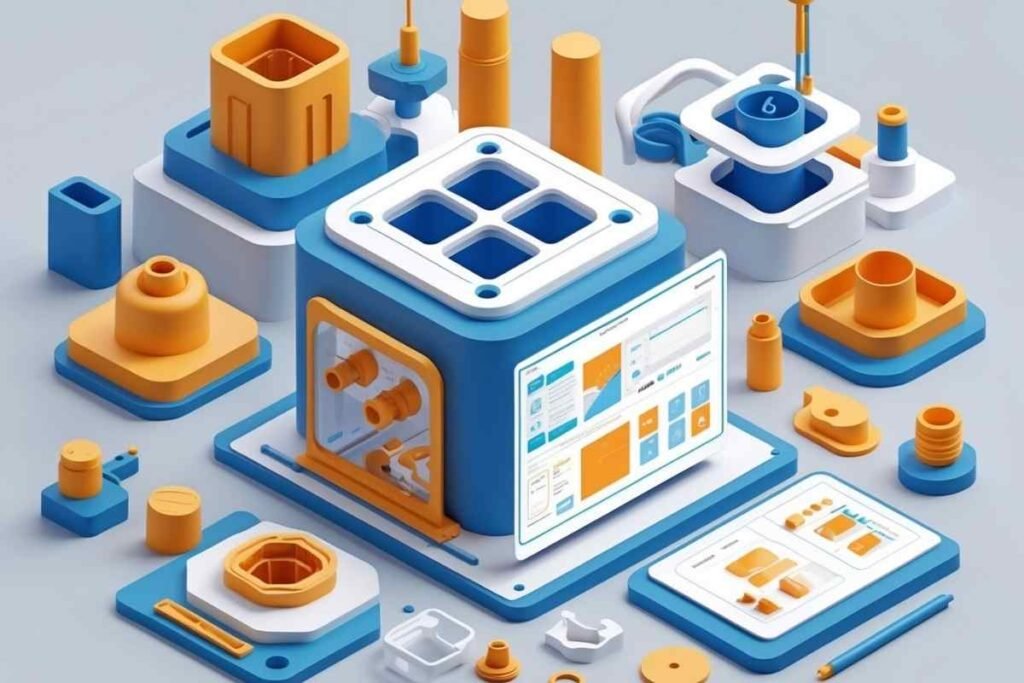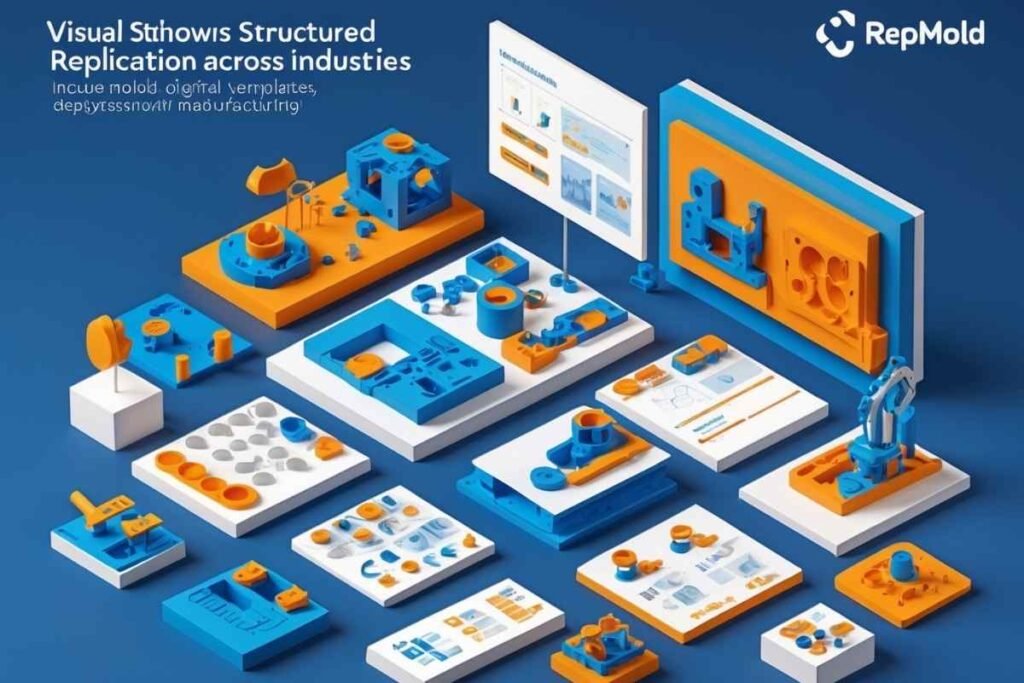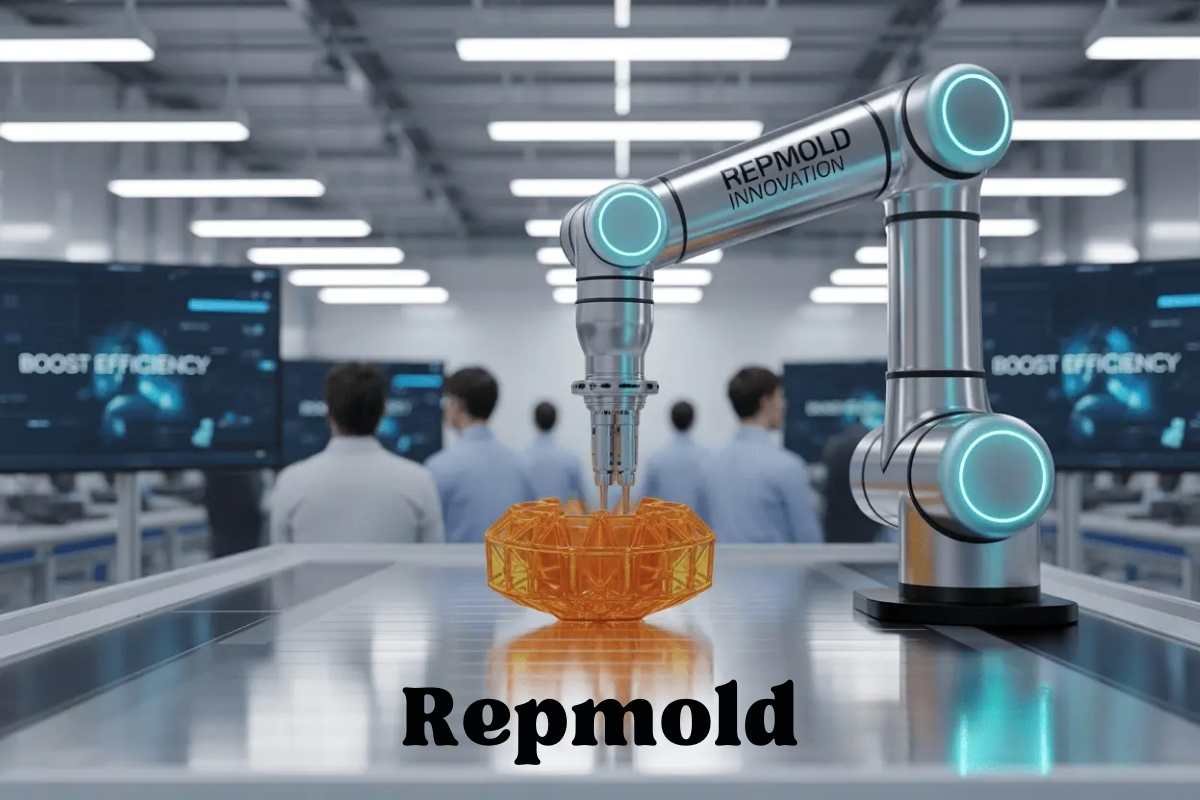It is a fascinating concept that blends replication and molding to create consistent reliable results across various fields.
From manufacturing to technology and creative projects it helps people reproduce objects designs or ideas with precision.
Understanding it can make complex processes easier to manage and improve overall efficiency. Whether you are curious about industrial production or creative applications this concept offers valuable insight.
At Allthefallen we break down Repmold in simple clear terms that anyone can grasp. Keep reading to discover how it works and why it matters in today world
What Is Repmold?

The word comes from two components but Rep for replicate and Mold for shape or form. Together it represents the act of reproducing something within a defined structure.
Repmold can apply to objects designs or even ideas that require consistency. Using molds ensures that the results are precise and predictable.
People often use it in manufacturing technology and creative industries. It highlights the importance of combining creativity with reliable frameworks.
Origins and Symbolism of Repmold!
Its origin is not officially documented but it reflects industrial and technological roots. The Rep portion emphasizes duplication while Mold focuses on form and structure.
Symbolically it represents consistency organization and creativity. It bridges the gap between technical processes and conceptual thinking.
The term can be applied literally as in shaping materials or metaphorically in structuring ideas. Its symbolism shows its versatility across multiple applications and disciplines.
Benefits of Repmold!
It provides clear advantages in various applications across industries. It ensures precise replication helping maintain quality standards consistently.
Using it reduces errors during production or creative processes. Efficiency improves because structured methods guide every step clearly.
It allows both beginners and experts to follow predictable workflows easily. Repmold supports organized reliable results without sacrificing practical outcomes.
Challenges of Repmold!
Although useful it presents certain challenges that require attention. Over reliance on molds can limit flexibility and experimentation. Strict frameworks might reduce creativity in some processes.
Understanding it fully requires awareness of both technique and purpose. Proper training or guidance may be needed to implement it effectively.
Awareness of these challenges ensures it is used wisely and effectively. Careful application helps balance structure and adaptability.
Materials Used in it!
It relies on various materials depending on the application and industry. Plastics are often chosen for lightweight precise mold making needs.
Metals provide durability for heavy duty or high temperature processes. Ceramics are used for artistic or specialized industrial applications.
Digital molds in technology use virtual materials like software templates or datasets. Choosing the right material ensures accuracy efficiency and consistent results. It adapts well to both physical and digital mediums.
Tools and Equipment for it!
Different tools are essential for implementing it effectively in any field. Engineers may use molding machines presses or casting setups in manufacturing.
Digital applications rely on software tools for modeling and template creation. Designers and artists may combine traditional tools with digital aids for precision.
Proper equipment ensures that the process is smooth and consistent. It also reduces errors and improves efficiency during replication. Having the right tools is crucial for successful results.
Repmold in Education!

Its principles can be applied in teaching and learning environments. Structured repetition helps students understand and remember key concepts.
Teachers can create templates or guides that replicate successful lessons. Exercises based on it encourage consistent practice and skill development.
Students benefit from predictable frameworks that support learning at their own pace. Applying it in education strengthens both understanding and confidence. It turns complex ideas into repeatable manageable steps for learners.
Industry Specific Examples of Repmold!
It is used differently depending on the industry or field. In healthcare molds help create prosthetics dental devices or surgical tools accurately.
Consumer goods industries use It to produce packaging components and small parts. Art and design studios employ molds for sculptures craftwork or digital templates.
Technology fields use structured replication for software data models and interface layouts. Across industries it ensures efficiency quality and repeatability. Its versatility allows it to meet unique needs effectively.
Best Practices for Using it!
Following best practices ensures that Repmold delivers optimal results consistently. Start with clear planning to define the desired outcome.
Choose appropriate materials and tools suited to the specific application. Maintain careful attention to detail at every stage of replication.
Review results regularly to ensure accuracy and consistency are preserved. Training or guidance may help teams implement it efficiently. Applying these practices helps maintain quality while minimizing mistakes.
Practical Applications of it!
It has practical uses in multiple industries and fields. Product development benefits from reliable prototypes and finished designs.
Architectural projects can use molds to guide construction with accuracy. Healthcare uses molds for prosthetics dental devices and other medical tools.
Education can adopt its principles to replicate effective teaching methods. Businesses implement Repmold for consistent branding and production. Overall it provides a structured approach to tasks requiring precision.
Benefits of Repmold!
It provides several advantages in practical applications and conceptual work. Precision ensures consistent reproduction of products designs or ideas.
Efficiency improves because molds provide clear guidelines and reduce errors. Scalability allows multiple copies to be created without loss of quality.
Creativity can coexist with structure allowing innovation within defined frameworks. Adaptability ensures it applies to physical digital and creative projects. Overall it supports reliable organized and effective results.
Challenges of Repmold!
Despite its usefulness it presents certain challenges that need consideration. Over reliance on molds may limit originality and flexibility.
Strict frameworks may reduce room for experimentation and innovation. Understanding It requires learning both technical and symbolic aspects.
Implementing it effectively involves careful planning and attention to detail. Maintaining balance between structure and creativity is essential. Awareness of these challenges ensures it is applied properly and successfully.
Key Takeaways About Repmold!

It combines structure and replication to make processes more consistent and reliable. It applies across industries from manufacturing parts to digital templates and creative projects.
Using it helps maintain quality reduce errors and save time during production or design work. Understanding its principles allows professionals to apply it effectively without confusion or wasted effort.
The concept also highlights the importance of balancing precision with creativity in any task. Overall it serves as a practical framework for achieving predictable and high quality results.
Conclusion
It is a concept that blends replication and molding for consistent results. It applies across manufacturing technology and creative projects alike.
Using it ensures accuracy reliability and efficiency in multiple fields. While challenges exist awareness of them allows proper and effective application.
Repmold provides a structured framework to guide production and idea replication. It serves as a practical and versatile tool for shaping objects, systems, and concepts clearly.
FAQs
What does Repmold mean?
It combines replication and molding representing structured reproduction.
Where is it used in manufacturing?
It is used in plastic molding metal casting ceramics and 3D printing.
Can it apply to technology?
Yes it ensures consistent results in software templates and data models.
How is it used in creative fields?
Artists and designers replicate works using molds and structured templates.
What benefits does it provide?
It offers precision efficiency scalability and balanced creativity.
What challenges exist with it?
Overuse of molds or rigid frameworks may reduce flexibility and originality.




